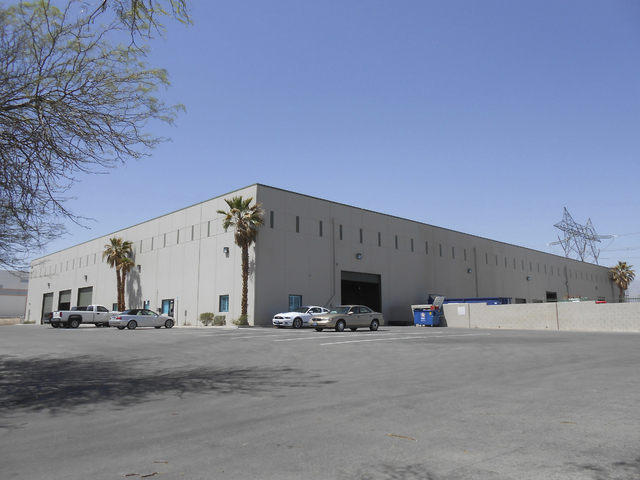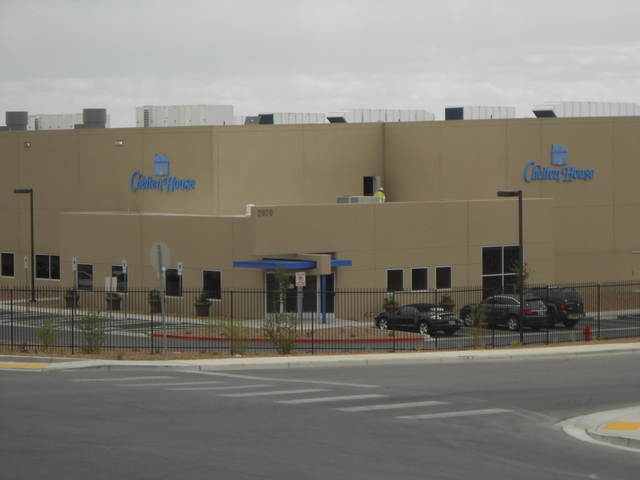Las Vegas ranked high among Western cities for distribution-center location
Las Vegas ranks high on a list of the best Western cities in the United States and Canada to locate a distribution center, according to a study conducted by an independent location counsel.
Warehousing distribution is among the industries being targeted by state and local economic development agencies to diversify the economy.
The study, conducted by Princeton, N.J.-based The Boyd Co., included 29 cities in the United States and Canada that have railway access.
“It’s more environmentally friendly to ship something by rail than it is by truck,” said Boyd Co. CEO John Boyd. “It’s the equivalent of your SUV getting 400 miles per gallon.”
Of the 29 cities, Las Vegas ranked ninth in operating costs, with an annual expense of $17.2 million. Quincy, Wash., where BMW has a presence, is the least expensive home base, with an annual operating cost of $14.1 million. At $23.6 million per year, Vancouver, British Columbia, is the most expensive, though Los Angeles was the most expensive American city at $20.7 million per year.
Operating costs were determined based on an assumption of a 500,000 square-foot warehouse and 175 workers shipping to a regional market. Labor costs, real estate construction, taxes, utilities and shipping were considered.
In the region, besides Las Vegas and Sparks, the Arizona cities of Glendale, Phoenix and Tucson were included, as well as Denver, Salt Lake City and Albuquerque, N.M. Salt Lake City ranks No. 2, Sparks is sixth and Albuquerque ranks eighth.
All cities included in the study have access to Class I rail carriers SNSF Railway, Union Pacific, Canadian National or Canadian Pacific.
In Las Vegas, Union Pacific carries goods to a terminal at 4740 Tropical Parkway. Major commodities include coal, chemicals, lumber and agriculture.
Companies with distribution centers in Las Vegas include T.J. Maxx, Sysco, Levi Strauss, Beyond the Rack and Zappos.
“During the go-go period of the 1990s, up until the crash of 2008, distribution was more difficult here because of land costs,” Boyd said. “Land costs were prohibitive and you were losing projects to Mesquite, to Kingman to the Mojave Indian Reservation, but that’s not the case anymore.”
Boyd said communities used to be skeptical of warehousing operations but now welcome the jobs created as well as property tax and other tax revenues.
He said it’s cost-effective to do business from a warehouse, so it’s not just forklift and trucking jobs created, but other positions such as customer service, back-office accounting and IT jobs.
“In the old days, people might have frowned on warehouse,” Boyd said. “There’s a totally 180-degree different view of the distribution center now.”



















